The global vegan leather industry, made from plant-based materials, is expected to be worth $89 billion by 2025, with the strongest growth in the Asia-Pacific market.
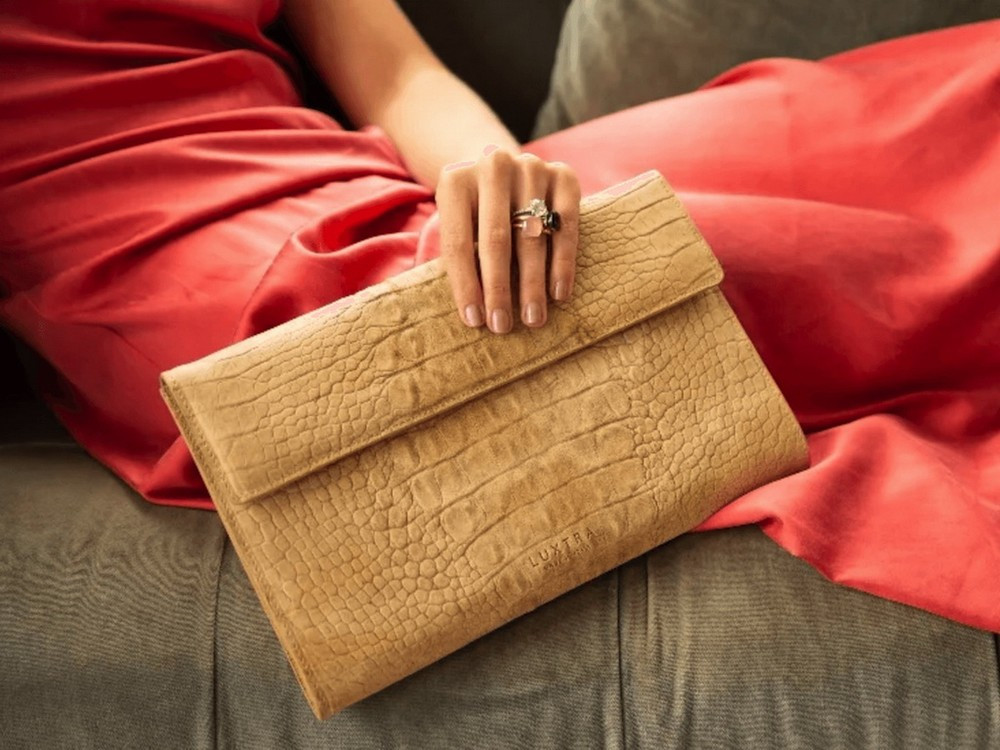
As consumers become more conscious of their fashion choices, the industry is looking to turn to vegan and animal-free leather to maintain its share of the rapidly changing market.
According to a recent report, the global vegan leather industry is predicted to be worth $89 billion by 2025, with the strongest growth in the Asia-Pacific market.
The term “vegan leather” is used to describe all alternatives to animal-based leather. With its environmental benefits and ethical implications, vegan leather is increasingly appealing to sustainability-conscious consumers, especially younger generations.
Vegan leather is considered to have similar properties to animal leather from shape, color to feel.
However, vegan leather is not only made from plant materials, but there are also a few synthetic leathers, derived from petroleum, that are also labeled “vegan leather.” In essence, this type of leather does not affect animals but still has some impact on the environment in the long term.
With its quality and versatility, vegan leather has created a craze in the high-end fashion industry and many big brands such as Stella McCartney, Dr. Martens and Gucci have invested in and created products from vegetable leather, reflecting a new trend of combining fashion, technology and environmental protection.
Popular vegan leathers on the market:
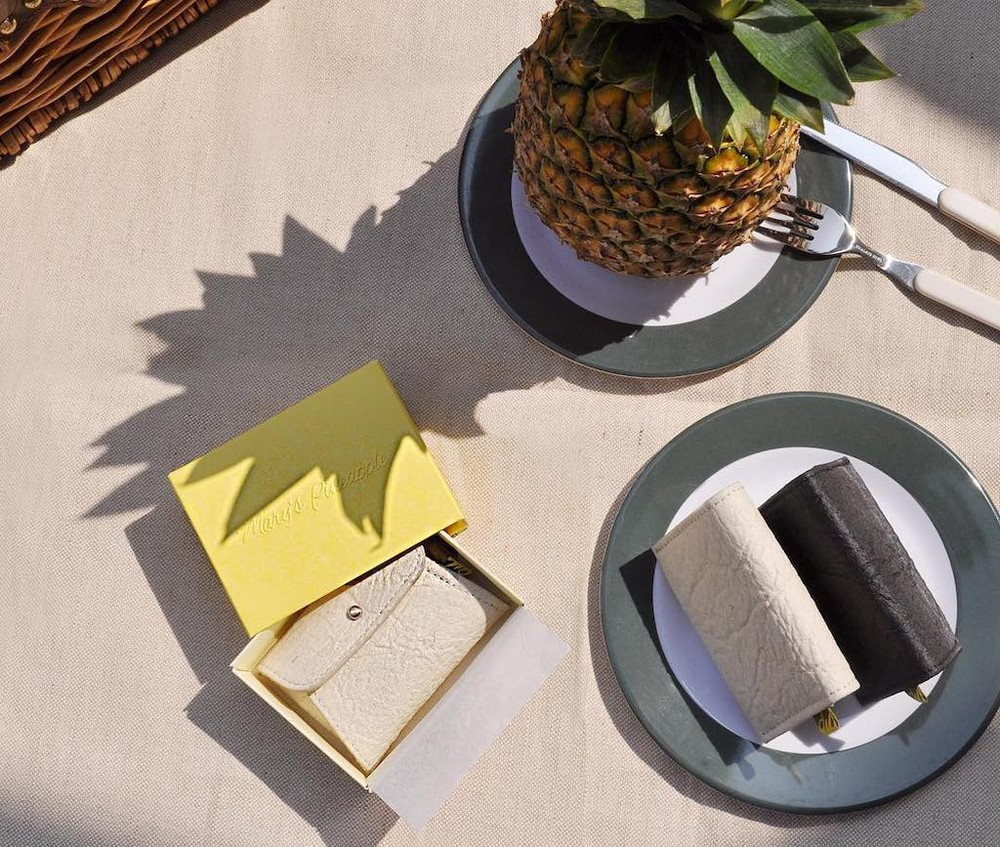
Piñatex is a popular product of Spanish company Ananas Anam. It is one of the first natural vegan leather brands to emerge as an alternative to PU and PVC - plastic and petroleum-based alternatives that have been widely used in animal-free products over the years but are harmful to the environment.
Invented by Dr. Carmen Hijosa, Piñatex has leather-like qualities thanks to cellulose fibers extracted from pineapple leaves.
Pinatex material is very breathable, soft without wrinkling and easy to print on the material as well as cut and sew it into finished products.
Pinatex leather fabric can be applied to a wide range of fashion items from clothing to shoes, boots and even furniture.
Compared to the tanning process used to produce animal skins, Piñatex is many times cheaper, which makes animal rights advocates happy.
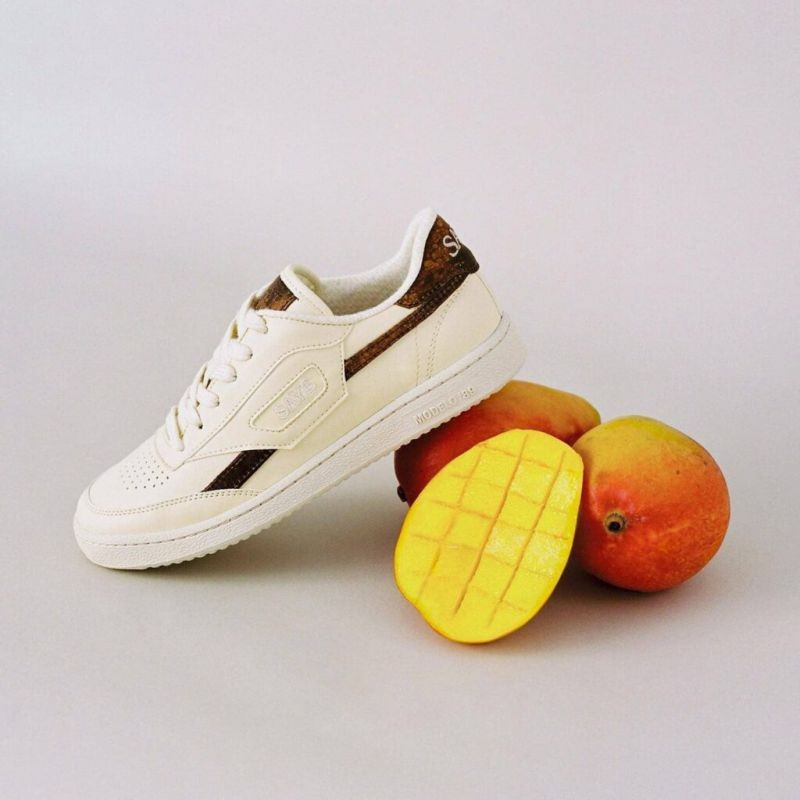
Dutch startup Fruitleather Rotterdam has created mango leather, a vegan faux leather material made from the tropical fruit.
Mango leather is made by crushing and boiling mangoes, a process that helps remove any bacteria, then mixing it with various natural additives before spreading the crushed mixture into sheets to dry.
Before drying, mango skins are light cream in color, but after drying, they have different colors depending on the type of mango used.
Mango leather was recently used in a new vegan leather handbag collection by London, UK-based sustainable fashion label Luxtra.
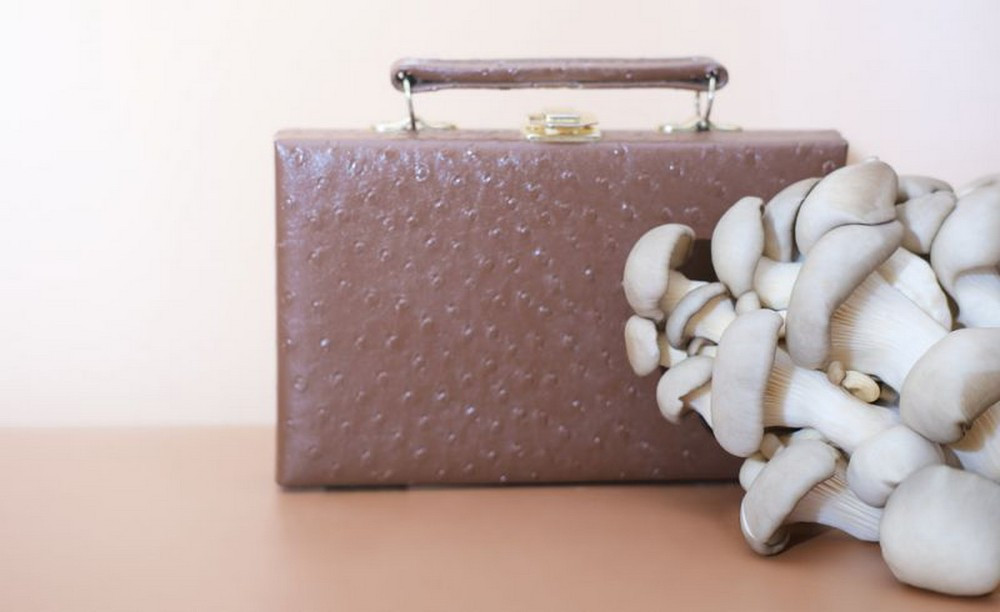
Mushroom leather is one of the most popular vegan leathers today, rivaling pineapple leather. It looks very similar to cowhide, and is made from the inedible Phellinus ellipsoideus mushroom.
Mushroom leather is made by breaking down the cellulose in mushrooms to create pulp, which is then combined with other natural materials, such as tree bark or hemp, and pressed into a leather-like fabric.
The Phellinus ellipsoideus fungus is native to subtropical forests and is a tree-dwelling fungus that causes plant decay. The production of the fungus skin also helps reduce the growth of fungi that are harmful to these vegetation, which is good for the natural environment.
In addition to being extremely durable, mushroom leather is also waterproof, non-toxic, and durable enough to create fashion items that are typically made from genuine leather.
Bolt Threads, Myco Works and Ecovative are leading fashion brands in mushroom leather products.
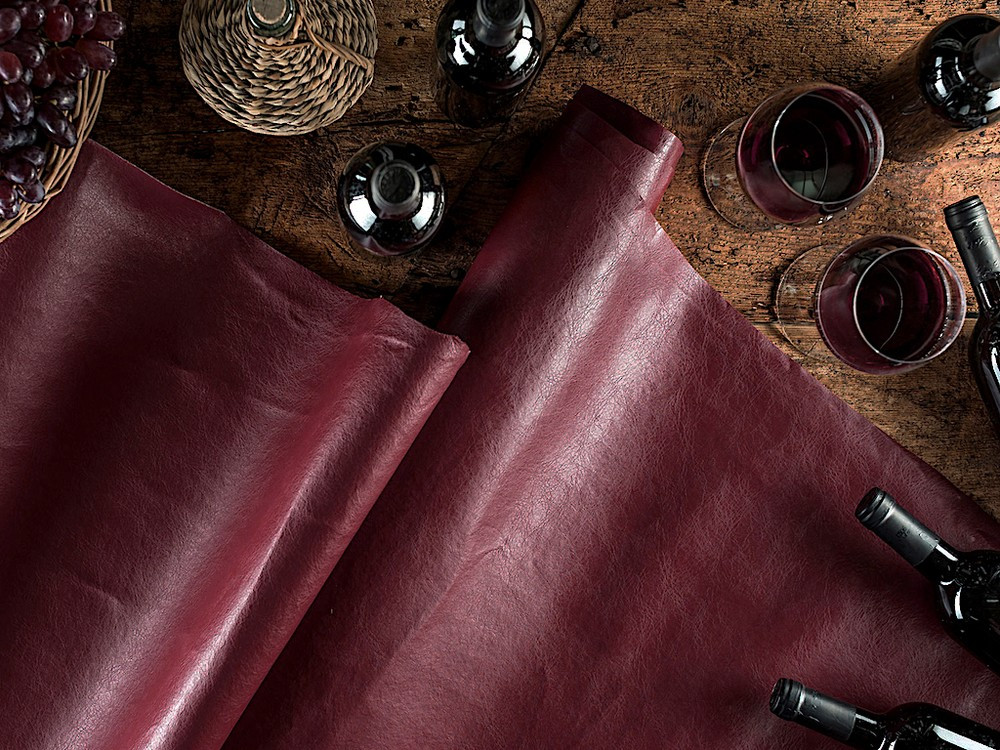
Apple by-products such as cores, peels, seeds and pulp are dried and ground into a very fine powder by manufacturers. This powder is then mixed with polyurethane to create apple leather - a faux leather material that is part bio-based and part synthetic.
Apple leather is particularly well suited to bag and shoe design because it is a naturally thick material, but designers are still trying to adapt it.
Despite its good load-bearing capacity, the product still needs careful care and requires different technology and sewing techniques to maintain quality.
Two fashion brands Samara (Canada) and Frumat (Italy) are currently producing apple leather and launching many vegan leather fashion products that are both durable and beautiful.

Grape pomace - a by-product of the wine industry - is also used to make faux leather.
Italian company Vegea, known as a pioneer in green materials, has teamed up with many vineyards and wineries in the country to create vegan leather using grape pomace.
This eco-friendly faux leather material has caught the eye of many fashion giants and has partnered with Vegea to launch eco-friendly and animal-friendly products.
Vegea has supplied grape leather products to H&M, & Other Stories, and also the high-end Serapian brand of the Richemont Group (owner of Cartier, Piaget).
In 2019, luxury car brand Bentley also chose this vegan leather material to cover the upholstery of its 100th anniversary car model.
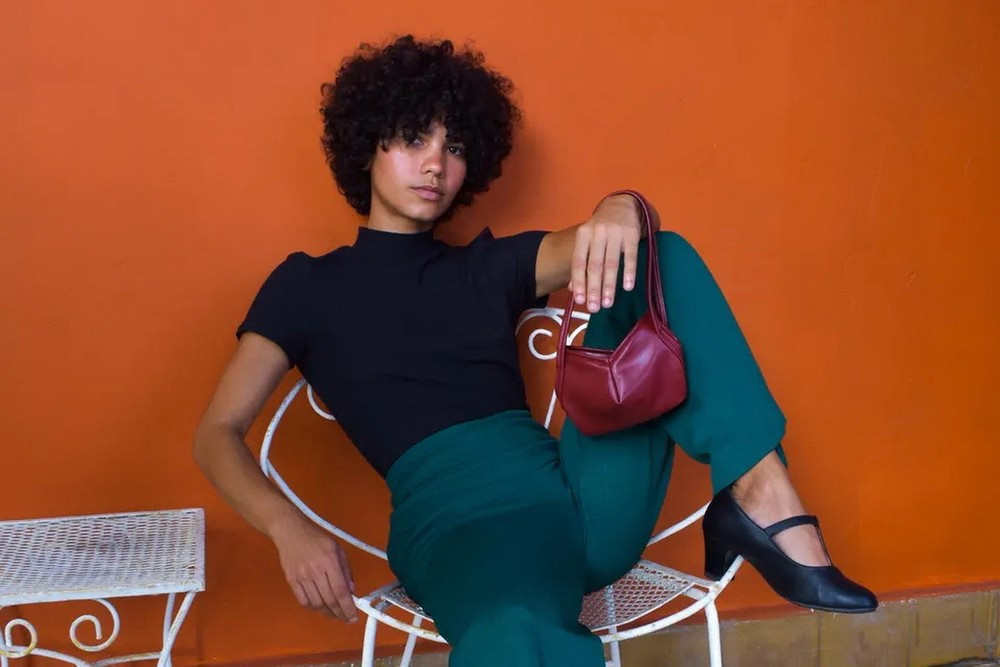
Cactus leather is a fairly new material on the market, invented by Mexican startup Desserto.
Mexican entrepreneurs Adrian Lopez and Marte Cazarez have developed a vegan leather alternative made from the giant Mexican nopal cactus, which requires very little water to grow and can thrive in a variety of climates.
Called Desserto Leather, this organic faux leather fabric made from cactus possesses all the features and functionality of animal leather at a fraction of the environmental cost of real leather.
This new product helped Lopez and Cazarez win the 7th International Green Product Award in Munich, Germany.
This cactus leather is now used by vegan accessory brands like Luxtra, Santos by Monica, Voes & Co.
HQ (according to VietnamPlus)